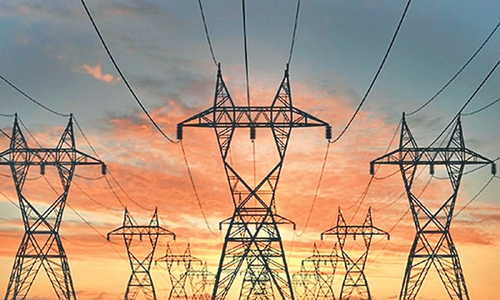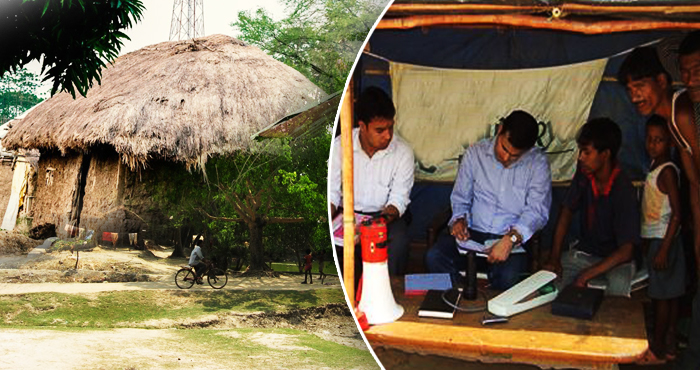The West Bengal Government has taken up a plan to revamp the state’s power infrastructure at an investment of Rs 4,000 crore over the next two years, State Power Minister Manish Gupta said on Wednesday.
West Bengal Power Development Corporation will appoint a mine developer and operator to start mining in five coal blocks, the Power Minister said while placing the power budget in the assembly.
State to start mining coal
The Centre allotted to WBPDCLsix coal blocks, including Tara (East & West), Barjora (North), Barjora, Gangaramchak, Gangaramchak-Bhadulia, Pachwara (North) and Kasta (East). Apart from this, the Deocha Pachami Deawanganj-Harisingha coal block has been allotted jointly to six states, including Bengal.
The minister said WBPDCL would receive 584 million tonnes of coals from the Deocha Pachami Deawanganj-Harisingha block. He also said that coal supply was not a cause of concern for the state government. “WBPDCL has a record coal stock of 9.29 lakh metric tonnes as on March 31, 2015”, said the minister.
Alternative sources of power
The department of Power and Non-Conventional Energy Sources is drawing up a draft document on Grid-connected Rooftop Solar Policy, which would be extended throughout the state in a phased manner, the Minister told the Assembly. The rooftop solar photovoltaic policy for the state was likely to be announced very shortly after former approval of the state cabinet, the Minister said.
The West Bengal Renewable Energy Development Agency already took up a project for installation of 10 kWp rooftop grid connected PV power plant with net metering arrangement at 100 government and government-aided schools statewide with 100 per cent funding from the state budget, he said.
The project would be extended to 500 schools altogether in phases, the minister said replying to a supplementary. The Minister further said that the WBREDA was also implementing an off-grid school electrification programme for another 100 schools in the Sundarbans.
Boost to power sector
The state government has also planned to set up a photovoltaic power plant to the proposed 1000MW Turga Pumped Storage in Ayodhya Hills in Purulia. “The project has got an in-principle approval from Centre,” the Minister said.
Steps have also been taken to upgrade various low voltage areas into high voltage ones, the Minister said. He said that in the last four years the power sector had witnessed improvement, thanks to several development schemes undertaken by his department.
The distribution infrastructure of the West Bengal State Electricity Distribution Company Limited had much improved in the last four years with the installation of 82 new 33/11KV sub-stations, besides HT line and Distribution Transformers (DTRs) etc, he said.
Starting from non-conventional energy resources, the state has already taken many projects to boost rural electrification and hydro-electric power generation programmes, the Minister said.




